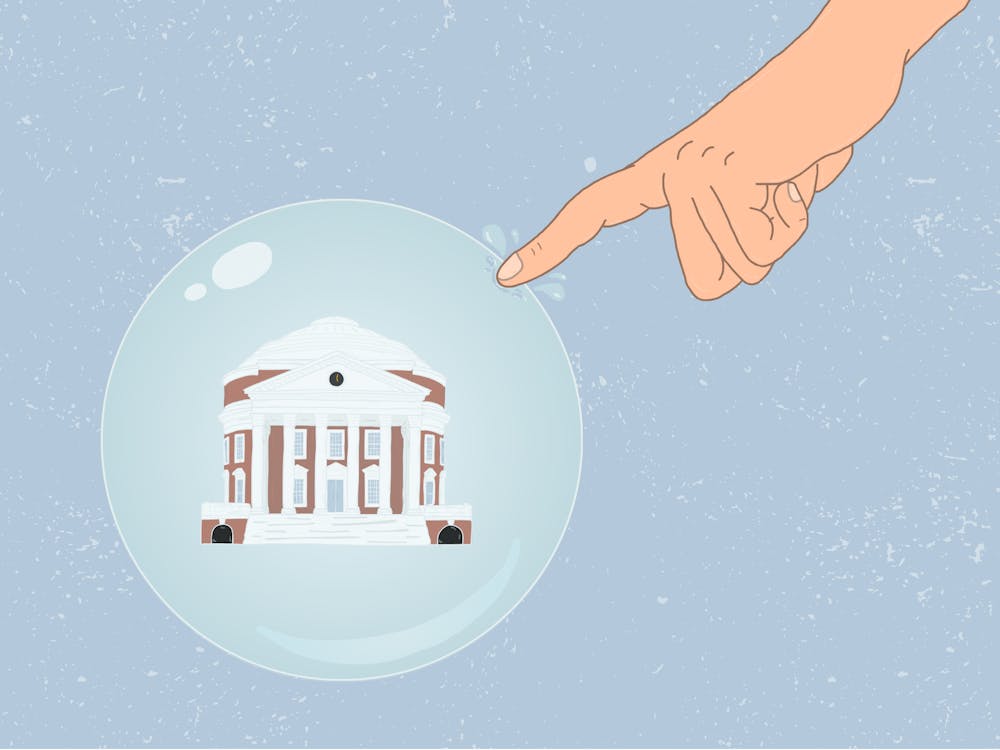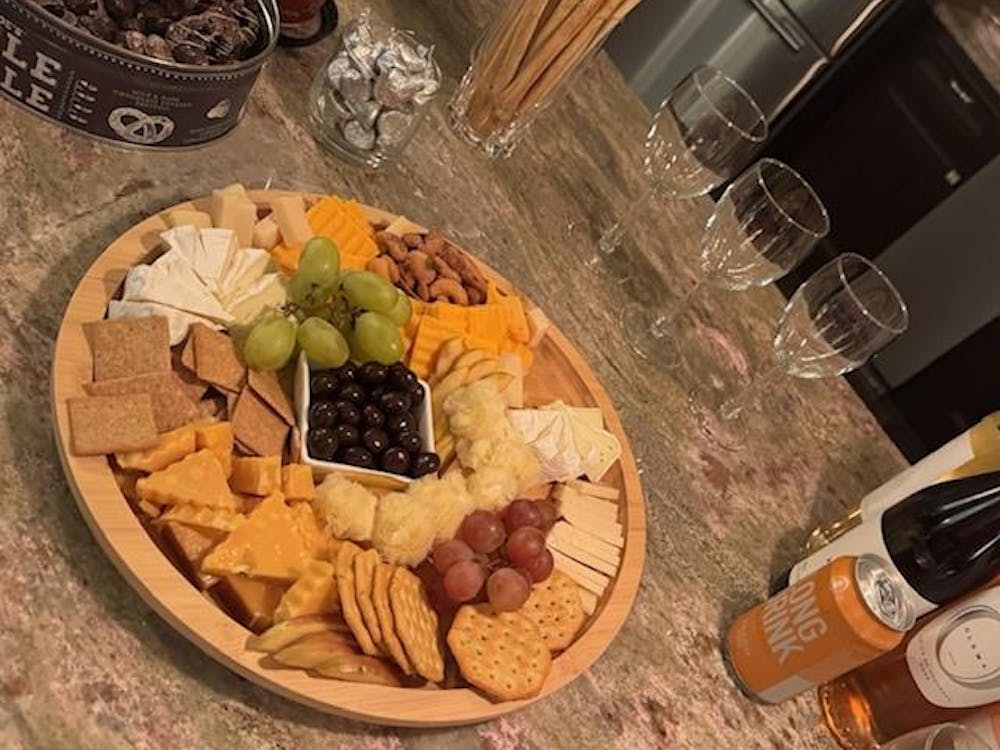Thinking of the usual ways students here spend their time together, certain patterns emerge in my mind. Many times we're either sitting in a dark room watching movie after movie or playing video games. It seems as if we are stuck wondering why there's nothing to do the moment we can't do an activity involving electricity or some sort of technology. What did people do just 10 or 20 years ago when we didn't have a computer and a DVD player in every room? Or before the time of television? And gasp! -- before electricity?
Have we forgotten the ability to just talk and be with each other? (Sober, even?)
When I studied in Copenhagen, Denmark, during the 2003 spring semester, I was happily surprised to find out that some of the older traditions have not been lost there despite the technology boom. During my six-month stay, I became a fan of the Danish concept of "hygge" (pronounced like "hooga"). In English, it roughly translates to "cozy," "snug" or "feel-good feeling." Any Dane you ask, though, would tell you that hygge is impossible to translate -- you simply have to experience it to know it.
Well, luckily for me, although hygge is hard to define, it's definitely easy to find. An occasion that involves hygge is unchallenging, happy and familiar. The most important element is to spend time with a small group of family or friends while focusing on one another.
If you walk around central Copenhagen, you'll realize how deeply hygge is embedded in all aspects of Danish life. You don't find many cities these days without skyscrapers. Copenhagen is the capital of Denmark and the largest metropolitan city in Scandinavia, yet almost all the buildings are medieval, one-level structures, and the skyline is broken by only a few towers with copper-turned-green tops. The cobblestone streets are lined with small cafés and pastry shops which produced smells that made my friends and I spend a lot of money. We also discovered that ironically, the world-famous "Danish" pastry is actually called "weinerbrod" in Danish, meaning "Austrian bread."
In the long, dark winters of Denmark, the only lighting in the cafés is candlelight, and in the summer, tables and chairs are moved outside where street performers entertain passersby.
At the first sign of a sunny day, there's no doubt you could find a crowd at downtown Copenhagen's Nyhavn -- a harbor front lined with colorful gingerbread-like houses, where Hans Christian Andersen once lived and wrote famous fairytales such as "The Little Mermaid." It is one of my favorite places in the city. Besides the beautiful sceneries, it is bursting with life. Danes fill Nyhavn sitting in one of the outside cafés or on the cobblestone street, drinking local Carlsberg or Tuborg beer. They spend hours sitting in the sun talking, while jazz musicians frequently perform.
Even those who are cynical toward amusement parks should visit Tivoli for an essential hygge experience. After all, how many capital cities can boast a 20-acre amusement park smack in the middle of town next to the town hall square? Tivoli was founded in 1843 and is still one of the prettiest places in the city. Even though it's one of the oldest amusement parks in the world, the rides are quite good, believe it or not. But rides aside, the ambience is just amazing. There are lakes, paddleboats, a Chinese tower, a Middle Eastern palace, pavilions and ornamental statues.
Every Saturday, a group of kids dressed up as Danish royal guards and the prince and princess parade around the park in horse carriages. In the springtime, thousands of tulips add even more color to the park. There are many restaurants serving all kinds of food, and if you go for a walk around the park you'll hear everything from live classical music and swing to jazz and rock. When the darkness comes, something -- well, at the risk of sounding cheesy -- surreal and magical happens when thousands of lights come on. Oh, and did I mention midnight fireworks twice a week? Tivoli is one of the Danes' favorite hyggelig places, and I completely understand why.
Danes have many interesting festivals throughout the year, but the St. Hans festival, or the Midsummer Eve fest, is definitely hygge-worthy. Darkness doesn't fall until midnight during the Danish summer, and on June 23 the Danes take advantage of this fact. They spend a large part of the night with their families and friends on beaches, when they light bonfires and have dinner and drinks. At 10 p.m., a bonfire with a wooden witch figure on top is lit, a reference to the traditional belief that evil forces are at work on the shortest night of the year. I was lucky enough to be invited to my host family's celebration, and I would never forget the calming blue Nordic nights as I sat on the beach watching fireworks and enjoying good food and company.
Perhaps the most commonly experienced hyggelig time for me, though, was with my host family. Almost every night, we sat down to a nice, cozy dinner with wine and had conversations that could last for hours after the food was finished. We talked about everything from current events to my Chinese traditions back home. I helped my host mom with cooking while we all had a glass of wine and I made Chinese food that was too spicy for them but enjoyed nonetheless. We played board games that required me to count the numbers in Danish. My host dad writes songs for friends and family members' birthday parties that last all day with singing and dancing. Yes, we had work, TVs and computers, but we spent a whole lot of time just talking and being with each other -- that's something I haven't seen here very often, except maybe during Hurricane Isabel.
On my last night in Denmark, my host family made a traditional Danish Christmas dinner for me -- complete with table decorations and my host dad's carol-singing tie -- even though it was during the heat of August. They insisted that I taste Danish Christmas food and rigged the dessert game so I would win a present (whoever finds the whole almond in the pudding wins a present). The food was delicious, of course, and as we said cheers (or "skål!") to each other for our last sip of wine, I truly understood what hygge is all about.
"Thanks for a hyggelig time," I said.
In typically humble Danish demeanor, they replied, "Oh, that was nothing."
But they knew I'd caught on.






